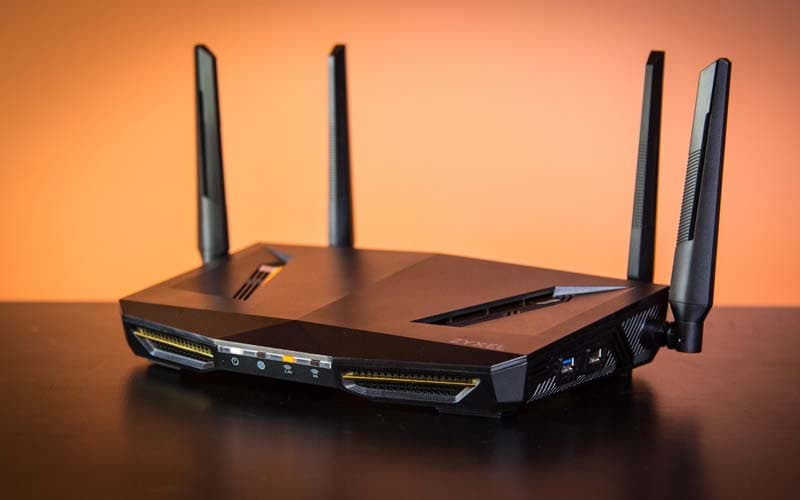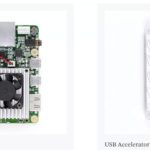It is not an easy task to buy a wireless router that delivers good WiFi reliably and is easy to set up and use. Especially if you’re a newbie. In order to make things difficult, companies describe their wireless routers using many acronyms and terms of marketing that have limited connection to the real-life happening. They praise AC, bandwidth, strange things like MU-MIMO, QoS, Beamforming, Smart Connect, etc. When choosing your next wireless router, this is what matters:
Your wireless router should be dual-band or more
You must purchase a wireless router that is a dual band at least. What is this meaning? This means that the router transmits the wireless signal on two or more frequencies (if double-band) (if tri-band or more). As a conclusion, you will notice two or more wireless networks with different names and different passwords in your home or office space.
One such frequency is always the 2.4 GHz frequency that only works with old wireless standards such as 802.11n. The advantage of this band is that it is fitted with old network devices and has a broad area of coverage. It is also slow, however, and congestion is always a problem, particularly in flat blocks and offices, where everyone has WiFi on the 2.4 GHz band.
Related: Want some Cool and Funny WiFi Names then check out these Best WiFi Names for your wireless router and set your wifi name to some best wifi name.
Dual-band or tri-band routers also transmit their 5GHz wireless signal, which is much faster and benefits from the use of modern standards such as 802.11ac or 802.11ac Wave 2 (an improved 802.11ac standard version). Congestion tends to be less of a problem because this frequency is used less than the frequency of 2.4 GHz and the coverage area is somewhat short. You must have a dual-band or tri-band wireless router if you want a modern smart home with a fast wireless network for full HD or 4 K streaming. Single-band routers have been stuck in the past and many wireless customers can not offer fast and stable WiFi.
Fast processor and plenty of RAM
Wireless router manufacturers don’t tell you this, but the hardware inside your router is very important, in particular, the processor and the amount of RAM. Intelligent houses have many devices needing wireless connectivity. Now we do a lot of video streaming, online gaming and other activities that transfer a lot of data over the network. Wireless routers require much more processing power than they used to handle everything.
When you select a wireless router, you need to know if it has a single, dual or quad-core processor and its operating frequency. A dual-core processor can, of course, handle more data and more customers than a single-core processor. In addition, a 900 MHz processor is less powerful than a 1,2 GHz processor. The same rules for computers, smartphones, and other computers apply.
The processor should not be inexpensive than a single core operating at 800MHz when purchasing a wireless router. This is the minimum required for modern standards to handle the load in a small smart home. If you can afford to purchase a router including a dual-core or quad-core processor (usually reserved for costly routers), the better. In addition, your router should have no less than 128 MB RAM. This is to ensure that everything is processed as quickly as possible. If money isn’t a big problem, you should look for a RAM 256 MB wireless router or more.
USB (preferably USB 3.0)
In modern houses, having at least one USB port is a must. We have all sorts of USB devices for our wireless router: external hard drives, printers, USB modems, etc. You should have at least one USB port for your newly purchased router, preferably one USB 3.0.
Real-life speed
When you read a wireless router’s specifications, you are not told the real speed you get when you use it. You have theoretical numbers measured in specialized laboratories that differ greatly from your home or office. This is why you should read the reviews: user reviews and expert reviews.
Look for reviews in which people make measurements using real-life computers and devices, not “laboratory “equipment. Some publications, for example, use other routers to measure the velocity of the routers they test. You do this because manufacturers want it in product reviews. You want to read publications using computers and gadgets every day, such as those in your network. This is the only way to know what you get about real life speed when you buy a wireless router or any other.
AC naming conventions don’t matter
Wireless routers praise in their name for their total maximum bandwidth. You have routers such as AC1200, AC1900 or AC5400. This convention is meaningless in real life and does not tell you how fast you are getting from a wireless router. In this article, we explained why:
What do AC1200, AC1900, AC3200 or more mean and what is the difference?
NOT BUY A BELOW AC1200, however. If you see a router with AC750, AC900 or anything less than AC1200, you have an old router with isolated technology and you should not buy it. This router is not a great choice for a new smart home with an increasing number of connected devices that require speed, stability, and security.














